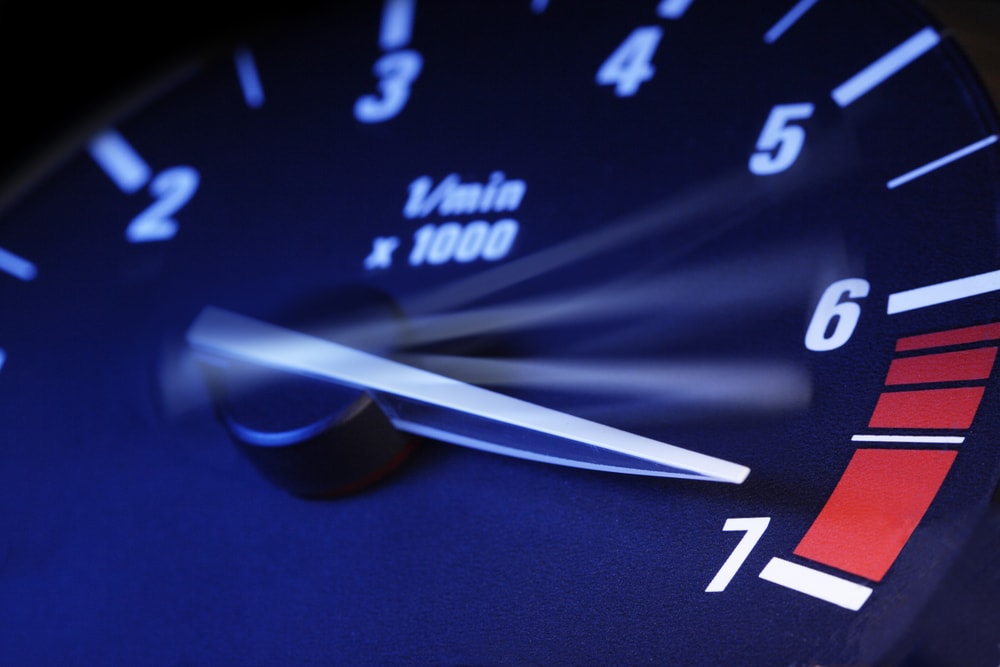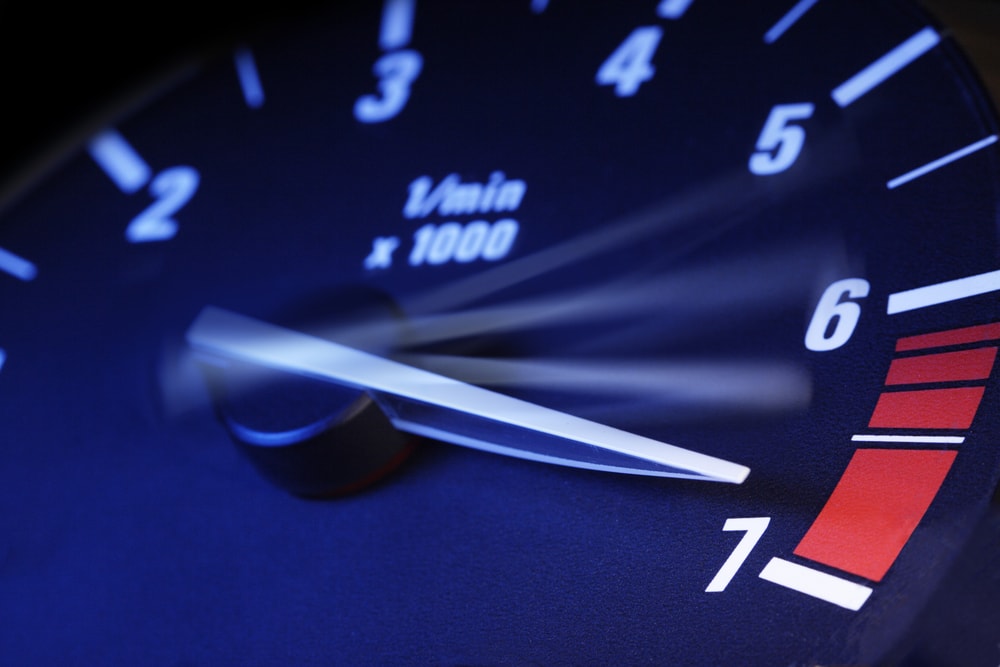
How to Figure Out RPM Without Tachometer: Practical Tips
Share
When working with motors, engines, or any mechanical devices, understanding the RPM, or revolutions per minute, is crucial. However, not every workspace is equipped with a tachometer, leaving many to wonder how to figure out RPM without tachometer. This article will explore methods tech professionals and enthusiasts can use to calculate RPM effectively, even in the absence of specialized tools.
Before we dive into the methods, it's essential to note that knowing RPM helps in various applications, including maintenance, troubleshooting, and performance tuning. Let's delve into some techniques that can replace the tachometer, providing accurate RPM readings when required.

Understanding the Basics of RPM
RPM is a unit that denotes the number of times an object rotates around its axis within a minute. Measuring RPM is vital for optimizing engine performance or ensuring machinery operates within safe limits. Without a tachometer, we can use alternative methods to gauge this critical parameter.
DIY Methods for RPM Measurement
1. Revolutions Count Method: One straightforward way to measure RPM without a tachometer is using the revolutions count method. This involves counting how many times the shaft makes a complete rotation over a specified period, typically one minute or 15 seconds. Multiplying the number of revolutions by the appropriate factor will yield the RPM.
2. Using a Stopwatch: A stopwatch can effectively measure RPM with manual counting. For instance, if you count 4 rotations within 15 seconds, you multiply that number by 4 to convert it to RPM. This method requires precise timing and steady hands, but it's simple and efficient.
Using a Multimeter as a Tachometer
Another effective method for measuring RPM without a standard tachometer involves utilizing a multimeter. By setting a multimeter to the frequency measurement mode, you can connect it to the appropriate sensor on your device. The multimeter can give you a frequency reading, which you can convert into RPM knowing the number of pulses per revolution.
The Importance of RPM Measurement in Tech Applications
For tech professionals, accurately gauging RPM can be a significant factor across various fields such as automotive engineering, robotics, and production machinery. Maintaining the right RPM ensures optimal performance, longevity, and safety of equipment.
Using Vibration Analysis to Estimate RPM
Vibration analysis offers another intriguing method to calculate RPM. By using a vibration tachometer, you can detect the frequency of vibrations produced by a rotating object which can then be associated with a specific RPM.
For more detailed instructions on the vibration tachometer usage, check out this guide.
When to Seek Expert Help
In some situations, particularly with complex machinery, it may be prudent to consult with an expert or utilize specialized equipment. Correct RPM measurement is essential as incorrect handling can lead to mechanical failures or decreased efficiency.
Key Takeaways
- Understanding RPM is crucial for efficient machine use.
- Several DIY methods can effectively measure RPM without a tachometer.
- Exploring alternative tools like multimeters and vibration analyzers can provide valuable data.
- Always consider consulting experts for complex machinery.
FAQs about RPM Measurement
1. Can I measure RPM without any tools?
Yes, you can manually count rotations using a stopwatch, but accuracy may vary.
2. How accurate are DIY RPM measurement methods?
DIY methods can be reliable but may not be as accurate as using a professional tachometer.
3. Is using a multimeter as a tachometer difficult?
It requires some technical knowledge, but with basic understanding, it is not very difficult.

Recommended External Resource
For a deeper dive into tachometers and their functionality, refer to this resource.
